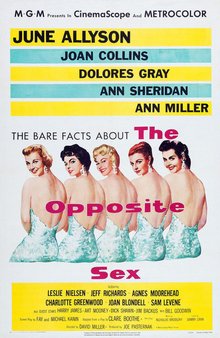
Vina Fay Wray was a Canadian-American actress best known for starring as Ann Darrow in the 1933 film King Kong. Through an acting career that spanned nearly six decades, Wray attained international recognition as an actress in horror films. She has been dubbed one of the early "scream queens".
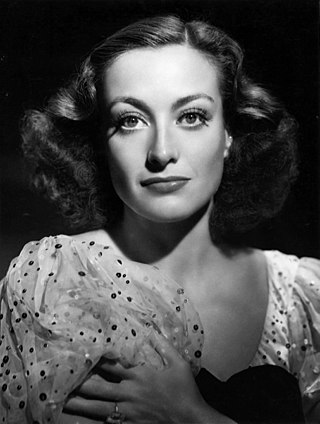
Joan Crawford was an American actress. She started her career as a dancer in traveling theatrical companies before debuting on Broadway. Crawford was signed to a motion picture contract by Metro-Goldwyn-Mayer in 1925. Initially frustrated by the size and quality of her parts, Crawford launched a publicity campaign and built an image as a nationally known flapper by the end of the 1920s. By the 1930s, Crawford's fame rivaled MGM colleagues Norma Shearer and Greta Garbo. Crawford often played hardworking young women who find romance and financial success. These "rags-to-riches" stories were well received by Depression-era audiences and were popular with women. Crawford became one of Hollywood's most prominent movie stars and one of the highest paid women in the United States, but her films began losing money. By the end of the 1930s, she was labeled "box office poison".

Richard Ewing Powell was an American actor, musician, producer, director, and studio head. Though he came to stardom as a musical comedy performer, he showed versatility and successfully transformed into a hardboiled leading man, starring in projects of a more dramatic nature. He was the first actor to portray private detective Philip Marlowe on screen.

June Allyson was an American stage, film, and television actress.

Rose Joan Blondell was an American actress who performed in film and television for 50 years.

Clara Lou "Ann" Sheridan was an American actress and singer. She is best known for her roles in the films San Quentin (1937) with Humphrey Bogart, Angels with Dirty Faces (1938) with James Cagney and Bogart, They Drive by Night (1940) with George Raft and Bogart, City for Conquest (1940) with Cagney and Elia Kazan, The Man Who Came to Dinner (1942) with Bette Davis, Kings Row (1942) with Ronald Reagan, Nora Prentiss (1947), and I Was a Male War Bride (1949) with Cary Grant.
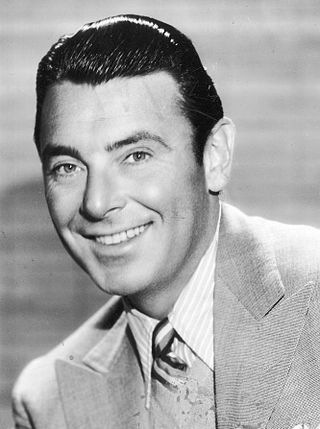
George Brent was an Irish-American stage, film, and television actor. He is best remembered for the eleven films he made with Bette Davis, which included Jezebel and Dark Victory.
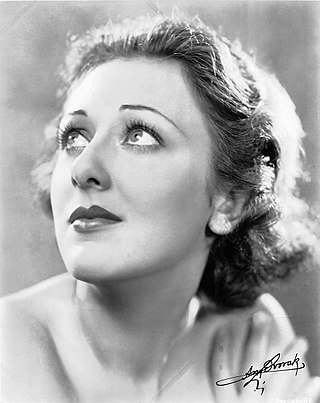
Ann Dvorak was an American stage and film actress.

Charles Van Dell Johnson was an American film, television, theatre and radio actor. He was a major star at Metro-Goldwyn-Mayer during and after World War II.
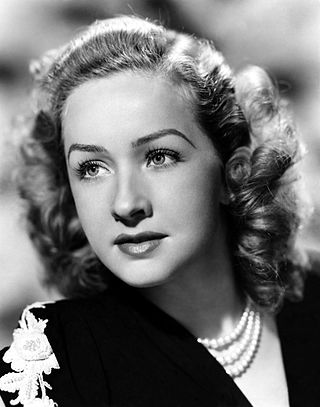
Bonita Gloria Granville Wrather was an American actress and producer.
That's Entertainment! is a 1974 American compilation film released by Metro-Goldwyn-Mayer to celebrate the studio's 50th anniversary. The success of the retrospective prompted a 1976 sequel, the related 1985 film That's Dancing!, and a third installment in 1994.

Roland Young was an English-born actor. He began his acting career on the London stage, but later found success in America and received an Academy Award nomination for his role in the film Topper (1937).

John Elmer Carson, known as Jack Carson, was a Canadian-born American film actor. Carson often played the role of comedic friend in films of the 1940s and 1950s, including The Strawberry Blonde (1941) with James Cagney and Arsenic and Old Lace (1944) with Cary Grant. He appeared in such dramas as Mildred Pierce (1945), A Star is Born (1954), and Cat on a Hot Tin Roof (1958). He worked for RKO and MGM, but most of his notable work was for Warner Bros.

Jeff Richards was an American minor league baseball player with the Portland Beavers, who later became an actor. He was sometimes credited as Dick Taylor and Richard Taylor.
Charles Schnee was an American screenwriter and film producer. He wrote the scripts for the Westerns Red River (1948) and The Furies (1950), the social melodrama They Live by Night (1949), and the cynical Hollywood saga The Bad and the Beautiful (1952), for which he won an Academy Award.
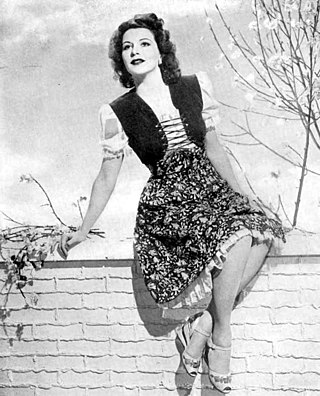
Julie Bishop, previously known as Jacqueline Wells, was an American film and television actress. She appeared in more than 80 films between 1923 and 1957.

Fay Kanin was an American screenwriter, playwright and producer. Kanin was president of the Academy of Motion Picture Arts and Sciences from 1979 to 1983.

Cry 'Havoc' is a 1943 American war drama film, produced by Metro-Goldwyn-Mayer and directed by Richard Thorpe. It stars Margaret Sullavan, Ann Sothern and Joan Blondell, and features Fay Bainter, Marsha Hunt, Ella Raines, Frances Gifford, Diana Lewis, Heather Angel, Dorothy Morris and Connie Gilchrist.
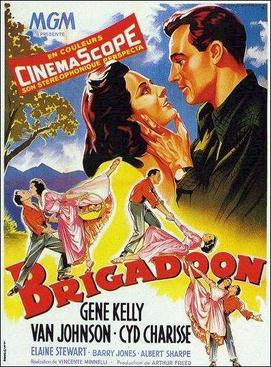
Brigadoon is a 1954 American Metro-Goldwyn-Mayer musical film made in CinemaScope and color by Ansco based on the 1947 Broadway musical of the same name by Alan Jay Lerner and Frederick Loewe. The film was directed by Vincente Minnelli and stars Gene Kelly, Van Johnson, and Cyd Charisse. Brigadoon has been broadcast on American television and is available in VHS, DVD and Blu-ray formats.

The Women is a 1939 American comedy-drama film directed by George Cukor. The film is based on Clare Boothe Luce's 1936 play of the same name, and was adapted for the screen by Anita Loos and Jane Murfin, who had to make the film acceptable for the Production Code for it to be released.
